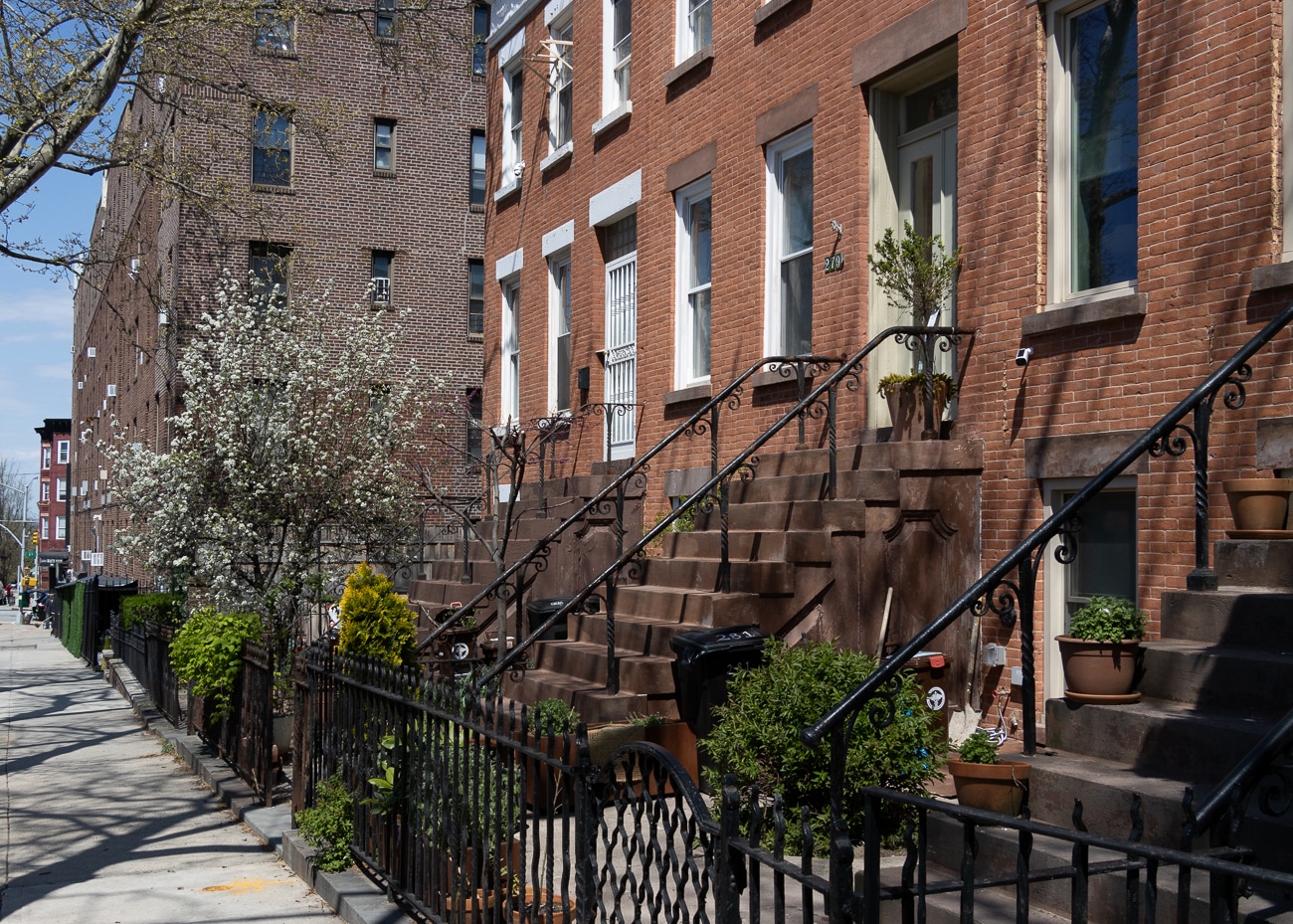The Outsider: Rooftop Meadowscape in Park Slope
WELCOME TO THE OUTSIDER, Brownstoner’s weekly column about the ways Brooklynites use their outdoor spaces, from backyard to roof and in between. Written and produced by Cara Greenberg, you can find it here every Sunday at 8AM. ‘LANDSCAPE URBANISM’ is the specialty of Future Green Studio, according to the Gowanus-based firm’s website. Meaning what, exactly?…

WELCOME TO THE OUTSIDER, Brownstoner’s weekly column about the ways Brooklynites use their outdoor spaces, from backyard to roof and in between. Written and produced by Cara Greenberg, you can find it here every Sunday at 8AM.
‘LANDSCAPE URBANISM’ is the specialty of Future Green Studio, according to the Gowanus-based firm’s website. Meaning what, exactly? Principal David Seiter explains: “Typically, landscape architecture looked at parks and gardens, but as we’ve moved into denser urban environments, we’ve started to consider under-utilized spaces as landscape — streets, roofs, spaces between buildings, vacant lots, waterfronts, all sorts of post-industrial areas.” Landscape urbanism deals with “emerging landscape typologies,” like rainwater catchment systems and the overlooked potential of wild urban plants (otherwise known as weeds), “looking not just through an aesthetic but a productive or performative lens.”
That doesn’t mean it can’t be pretty. This 25’x50′ townhouse rooftop was conceived, says Seiter, as a “desert meadowscape of grays, pinks, and purples” — grown in 6-8″ of soil to limit weight load. The primary plants are grasses, flowering sedum, and groundcovers, planted in a random mix. Because the client had a strong interest in botanical diversity, “We packed in a lot of different plants,” Seiter says. As opposed to a monoculture, or using four or five plants repeated in various places, “Everything is a specimen.” And extremely drought-tolerant; there’s an irrigation system, but it’s used only two or three times a season.
The roof’s architecture was designed by N Architects in DUMBO. Future Green designed the plantings around areas carved out for decking, a shower, stepping stones, and an HVAC system. The green roof section, Seiter says, cost approximately $25/square foot, including drainage materials, substrate materials, soil, and plants.
More photos and a plant list after the jump.
Photos: Future Green Studio
The installation photo, above, gives an idea of the enormous number of individual plants used, including many sedums at a density of 4 plugs per square foot.
The garden flowers most heavily in spring.
Petrorhagia’s tiny flowers, along with fescue grass and chives in flower.
By fall, grasses have taken over.
PARTIAL PLANT LIST (all perennial)
Tunic flower
Fame flower
Aster
Petrorhagia saxafraga
Chinese dunce cap (Orostachys iwarenge)
Lavender
Fescue, Elijah Blue and Superba
Dianthus
Armerea Sea Pink
Sempervivens (Hens & Chicks)
Miscanthus
Echinacea
Sedum varieties
To catch up on any installments of The Outsider you might have missed, go right here.


















What's Your Take? Leave a Comment